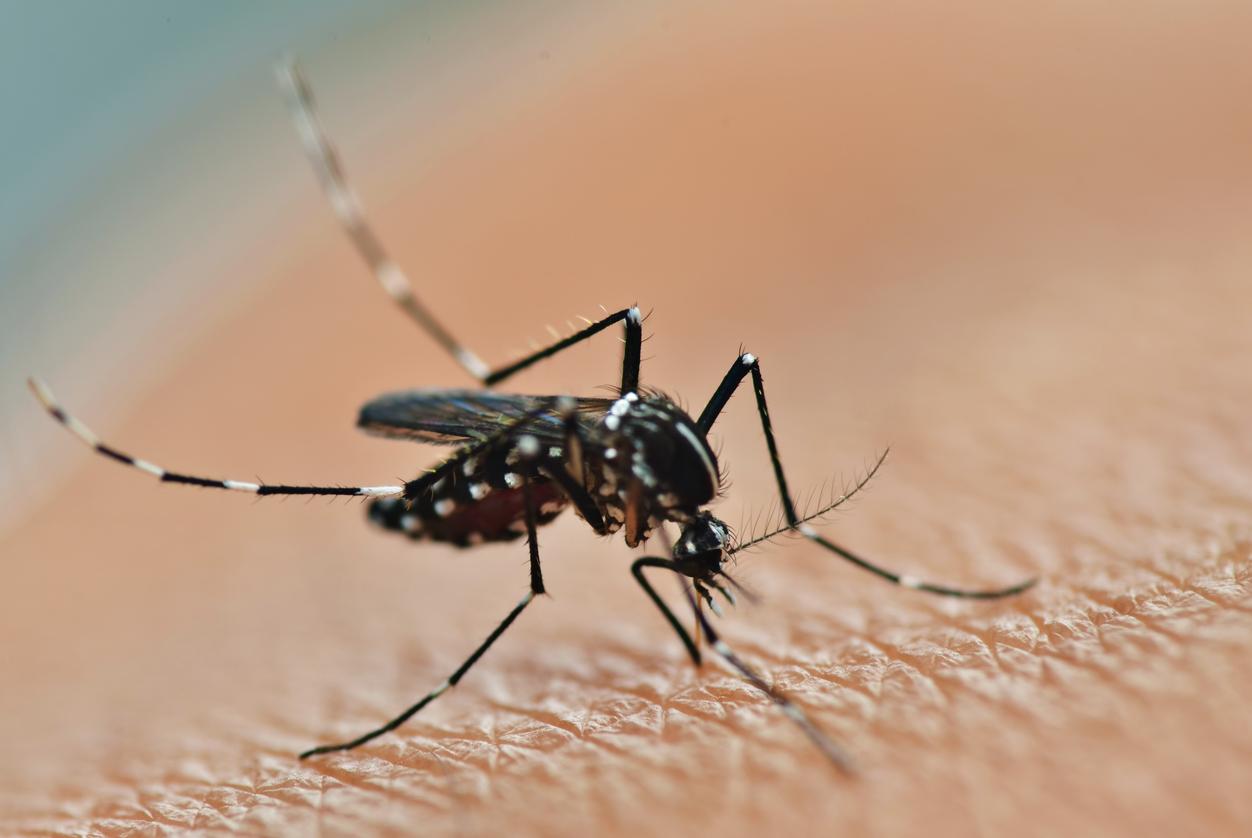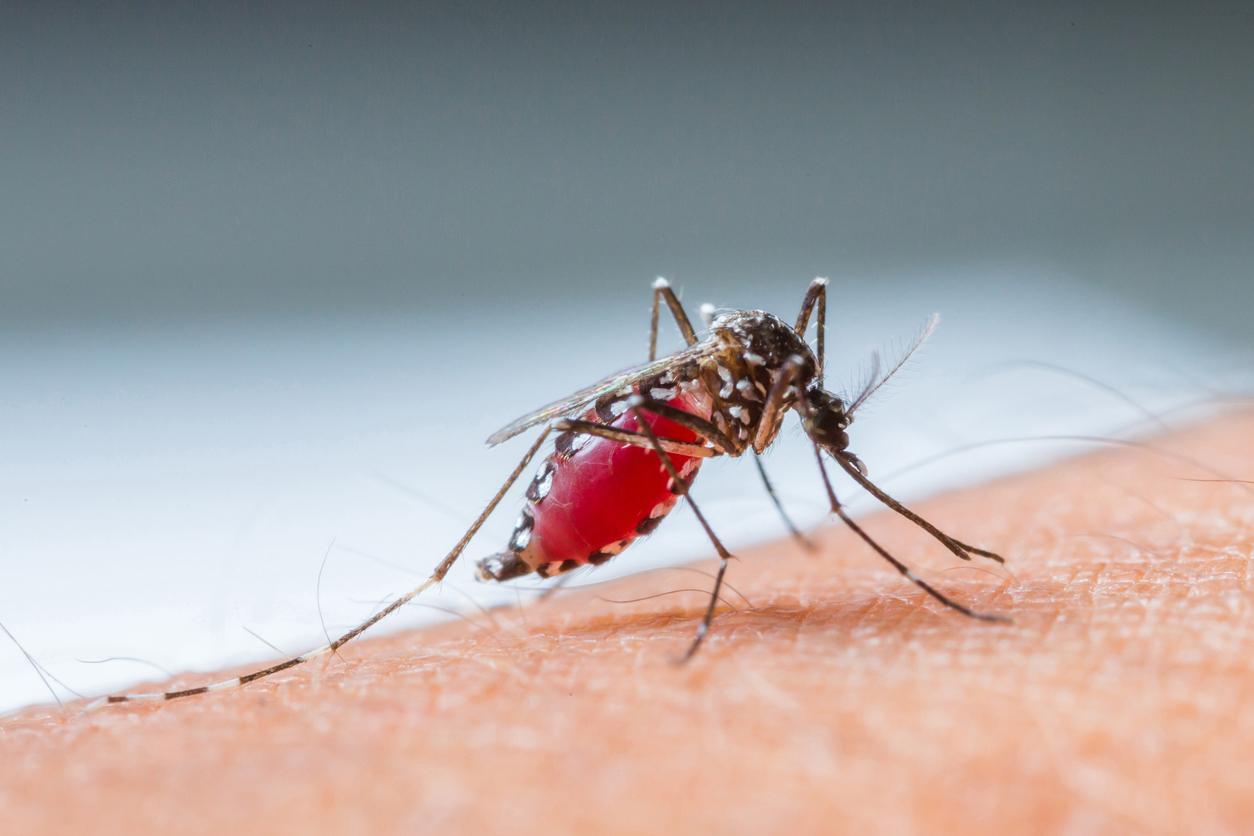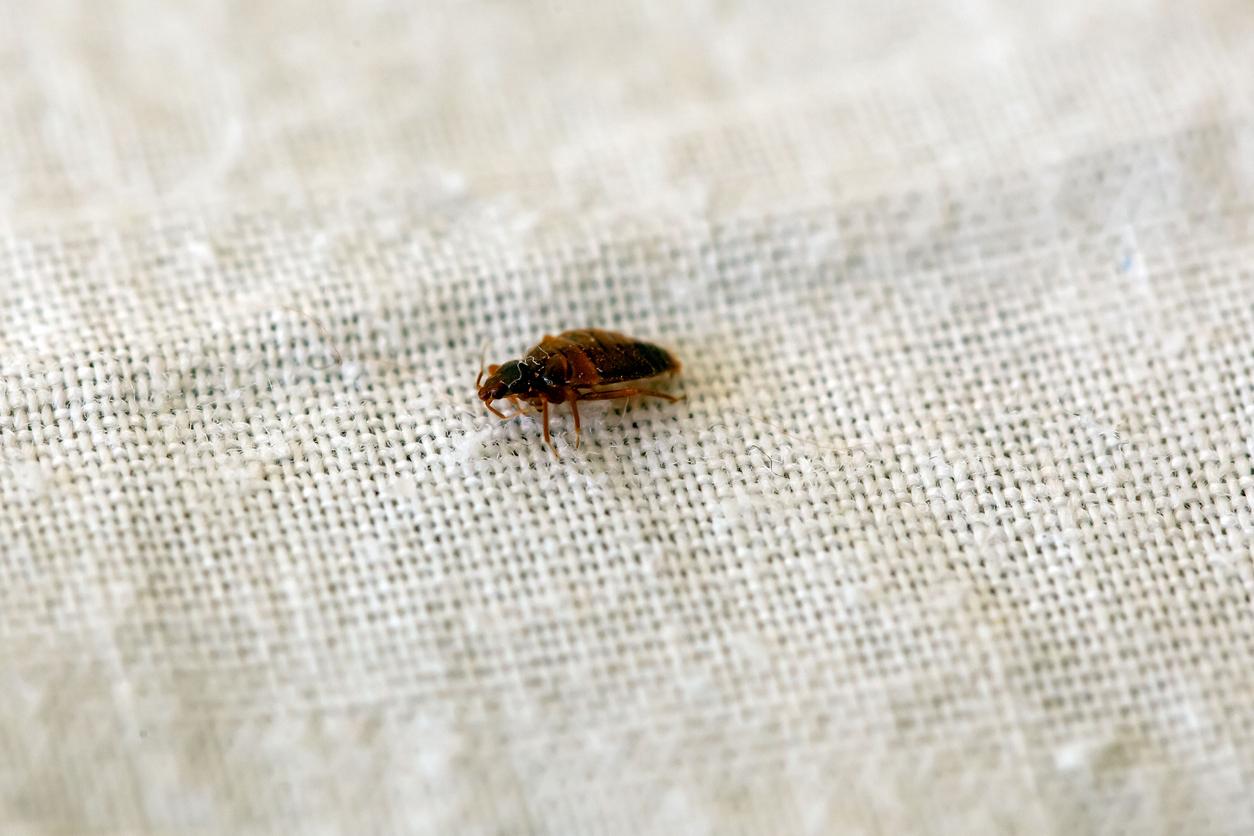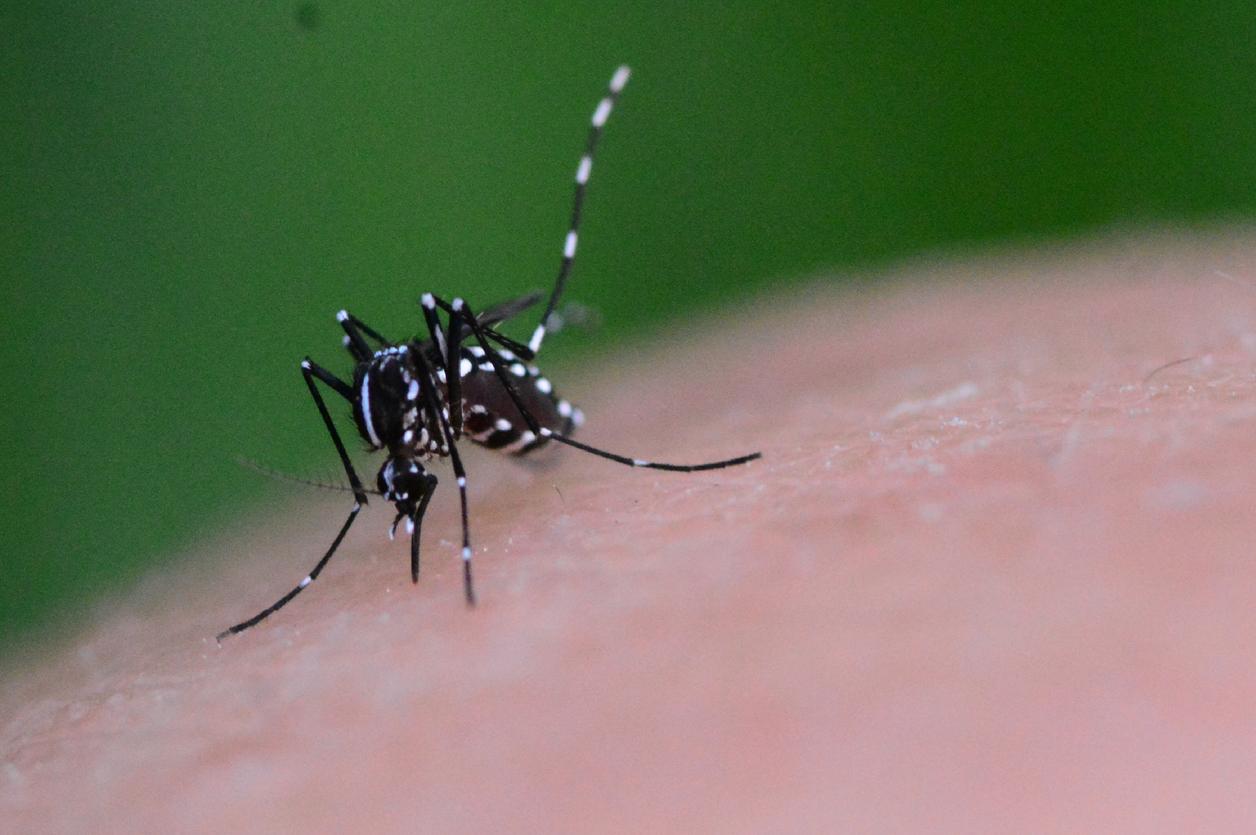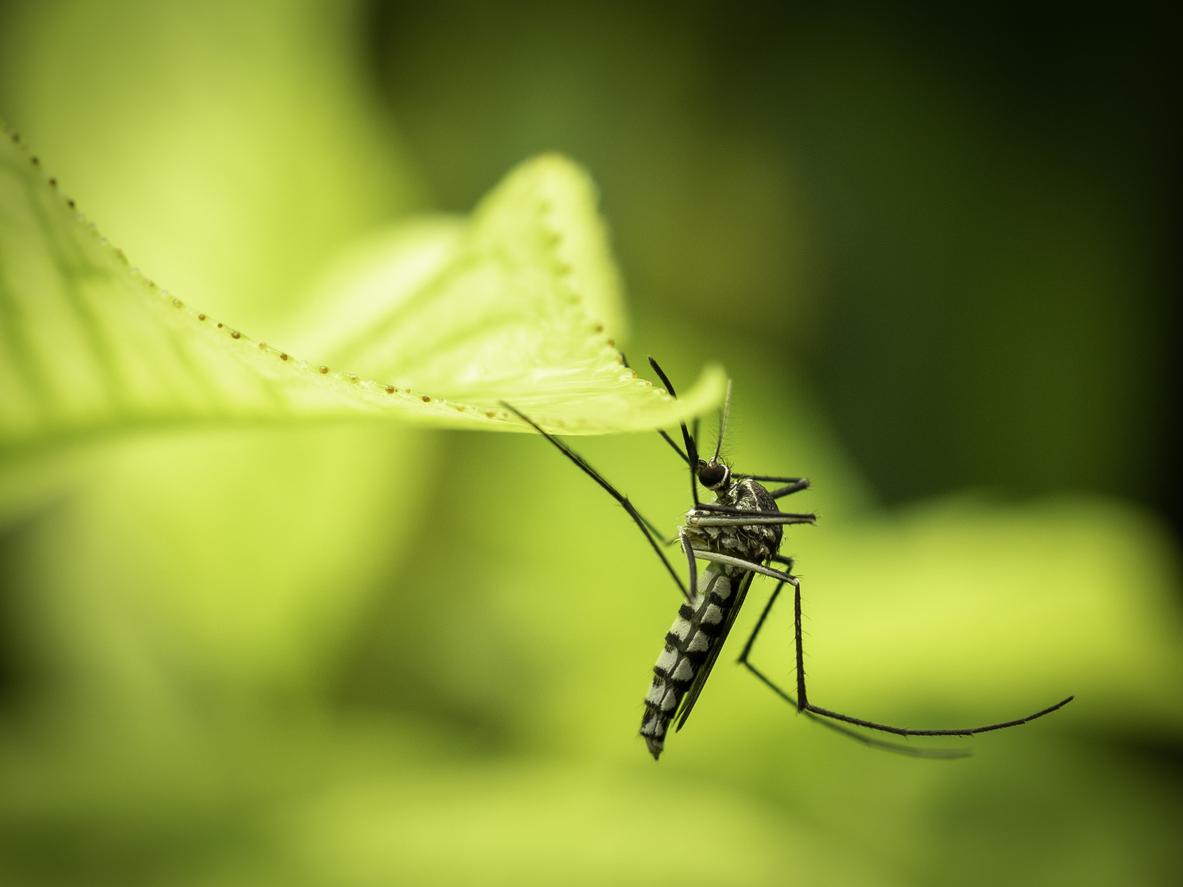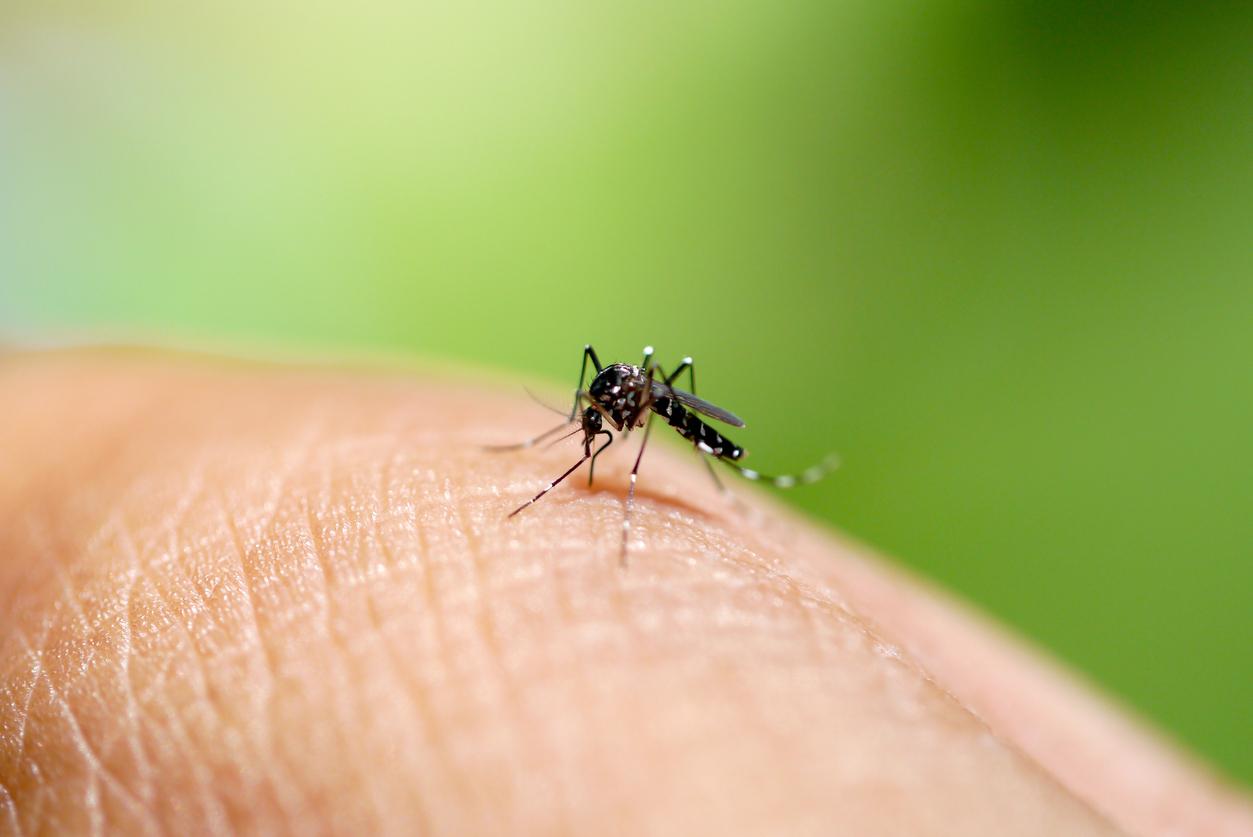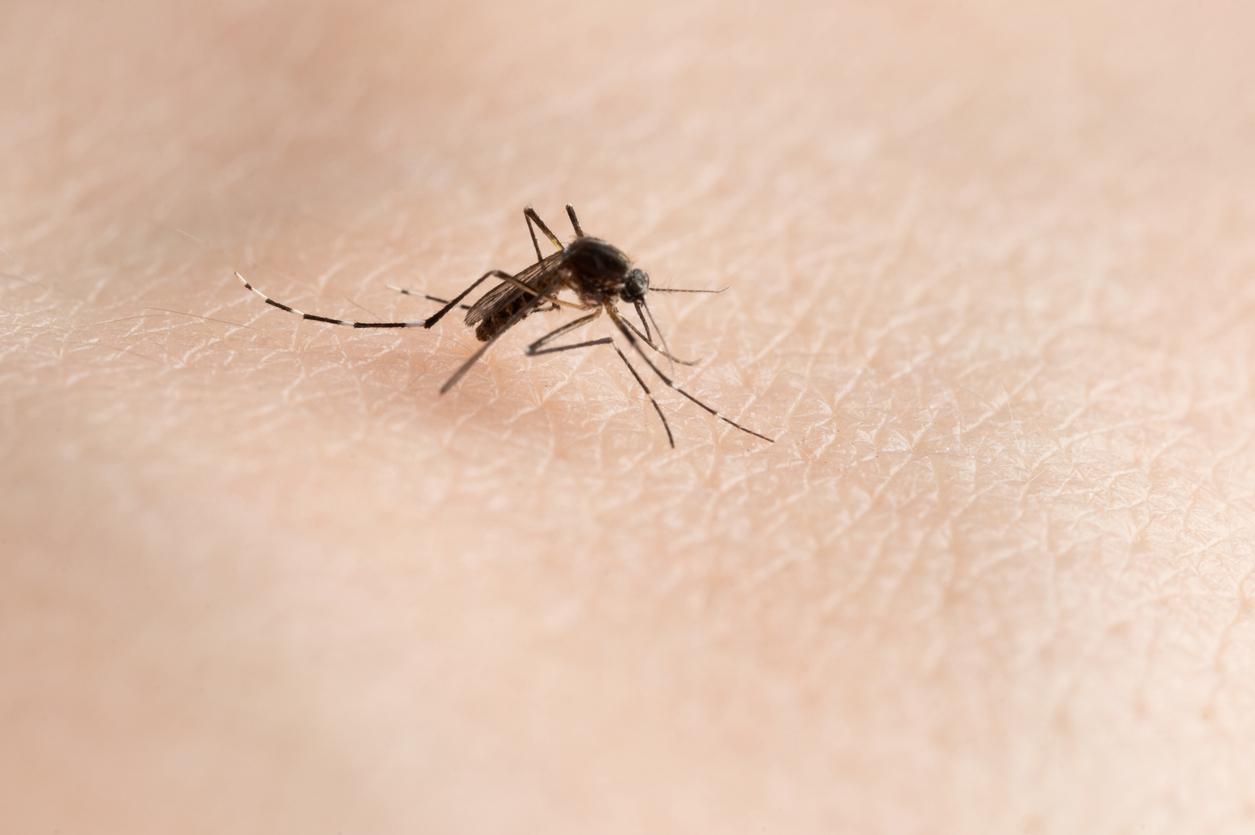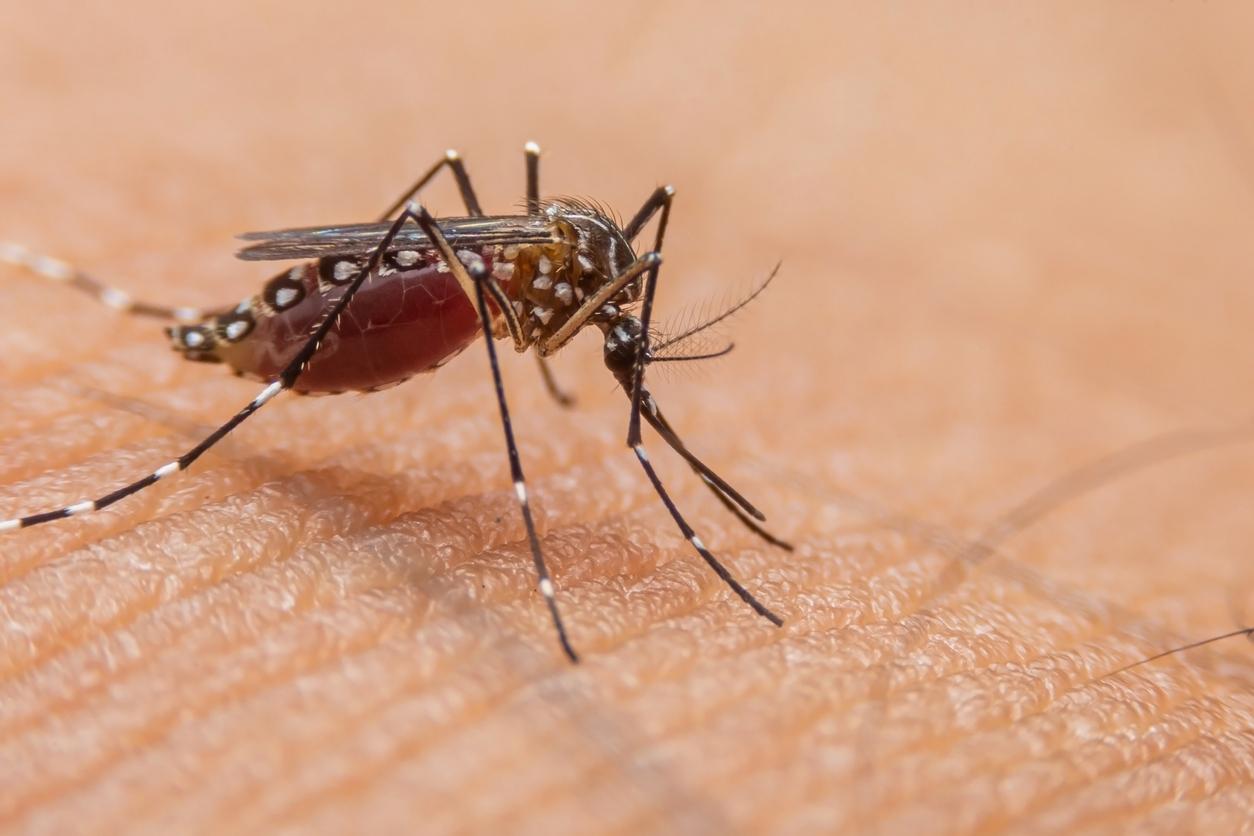The tiger mosquito is now able to transmit West Nile and Usutu viruses.
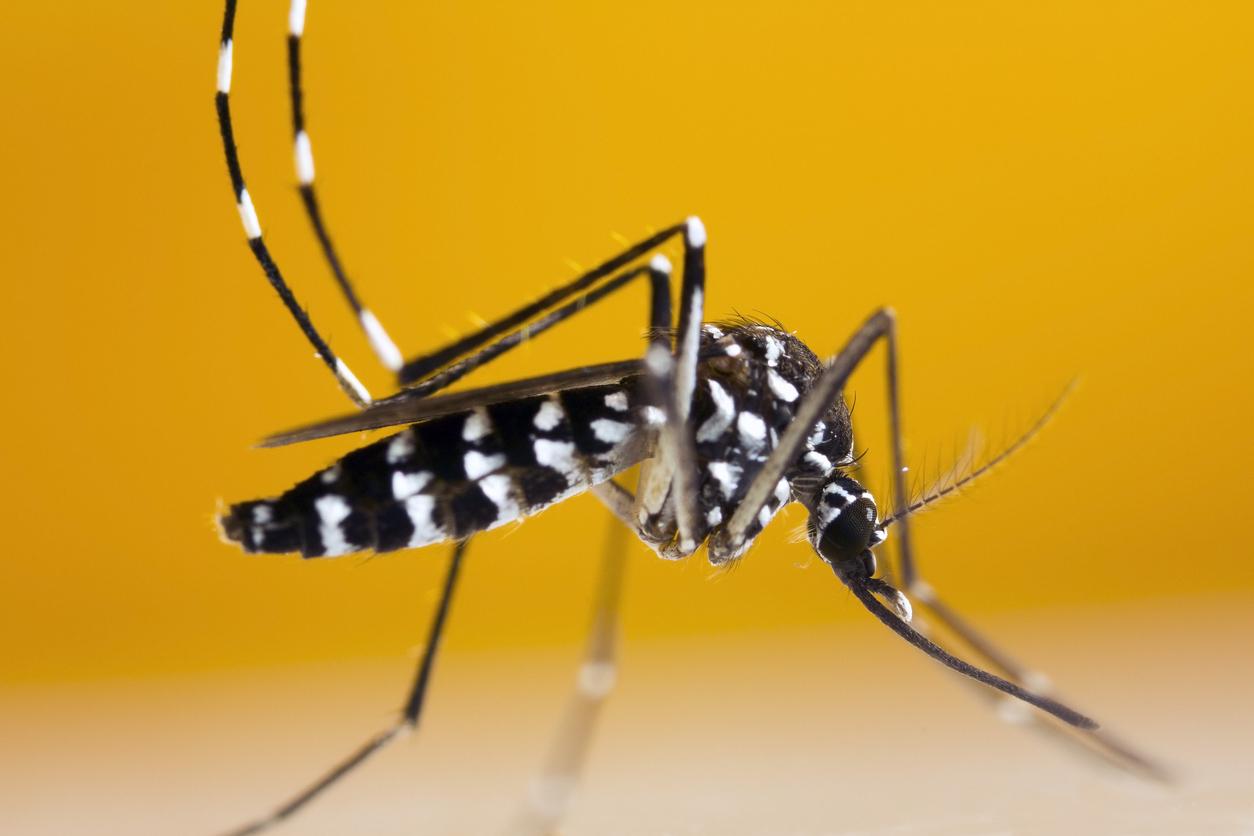
- The tiger mosquito is now able to transmit the West Nile and Usutu viruses in addition to the diseases it already transmitted such as dengue fever and chikungunya.
- West Nile virus and Usutu virus are two viruses which until now were little known in Europe but which caused epidemics in America and Africa.
- Although this discovery may be worrying, it is possible to limit the risk of transmission of these new viruses.
According a recent study by the Institut Pasteur, the tiger mosquito is now able to transmit the West Nile and Usutu viruses in addition to the diseases it already transmitted such as dengue fever and chikungunya. This discovery is worrying because these new viruses can cause serious illnesses in humans.
What is the tiger mosquito?
Called Aedes albopictus, the tiger mosquito is a species of mosquito native to Asia, but has been introduced to many parts of the world, including Europe. It gets its name from its characteristic black and white stripes, similar to those of a tiger.
The tiger mosquito is well known for being a vector of diseases such as dengue fever, chikungunya or zika. These illnesses can cause fever, joint and muscle pain, and skin rashes. Although they are rarely fatal, they are very debilitating and can persist for several weeks or even months.
New viruses transmitted by the tiger mosquito
West Nile virus and Usutu virus are two viruses which until now were little known in Europe but which caused epidemics in America and Africa.
To explain the new ability of tiger mosquitoes to transmit these two viruses, researchers at the Institut Pasteur believe that this transition was made via migratory birds which make a long journey each year to reach their breeding grounds, passing in particular through the Great French East or the Camargue. The tiger mosquito, which feeds on the blood of these birds potentially infected with the West Nile and Usutu viruses, then of humans, would thus be an intermediate vector of transmission from birds to humans.
Measures to limit the risk of transmission
Although this discovery may be worrying, it is possible to limit the risk of transmission of these new viruses.
The Institut Pasteur recommends in particular to promote the fight against water stagnation, the privileged habitat of mosquitoes, and to raise public awareness of practices that protect themselves from mosquito bites, such as the use of skin repellents or mosquito nets. . It is also recommended to avoid travel to areas where outbreaks of these two viruses have been reported.
Knowledge of the territorial distribution of the tiger mosquito
“With our knowledge of the territorial distribution of the tiger mosquito, we can already draw a map of the areas where the two viruses are at risk of being transmitted to humans”, adds Anna-Bella Failloux, study coordinator.
In order to put in place adequate preventive measures, “In particular, it is possible to strengthen the surveillance of mosquitoes and birds near urban areas, where the tiger mosquito is already established”, she concludes.









